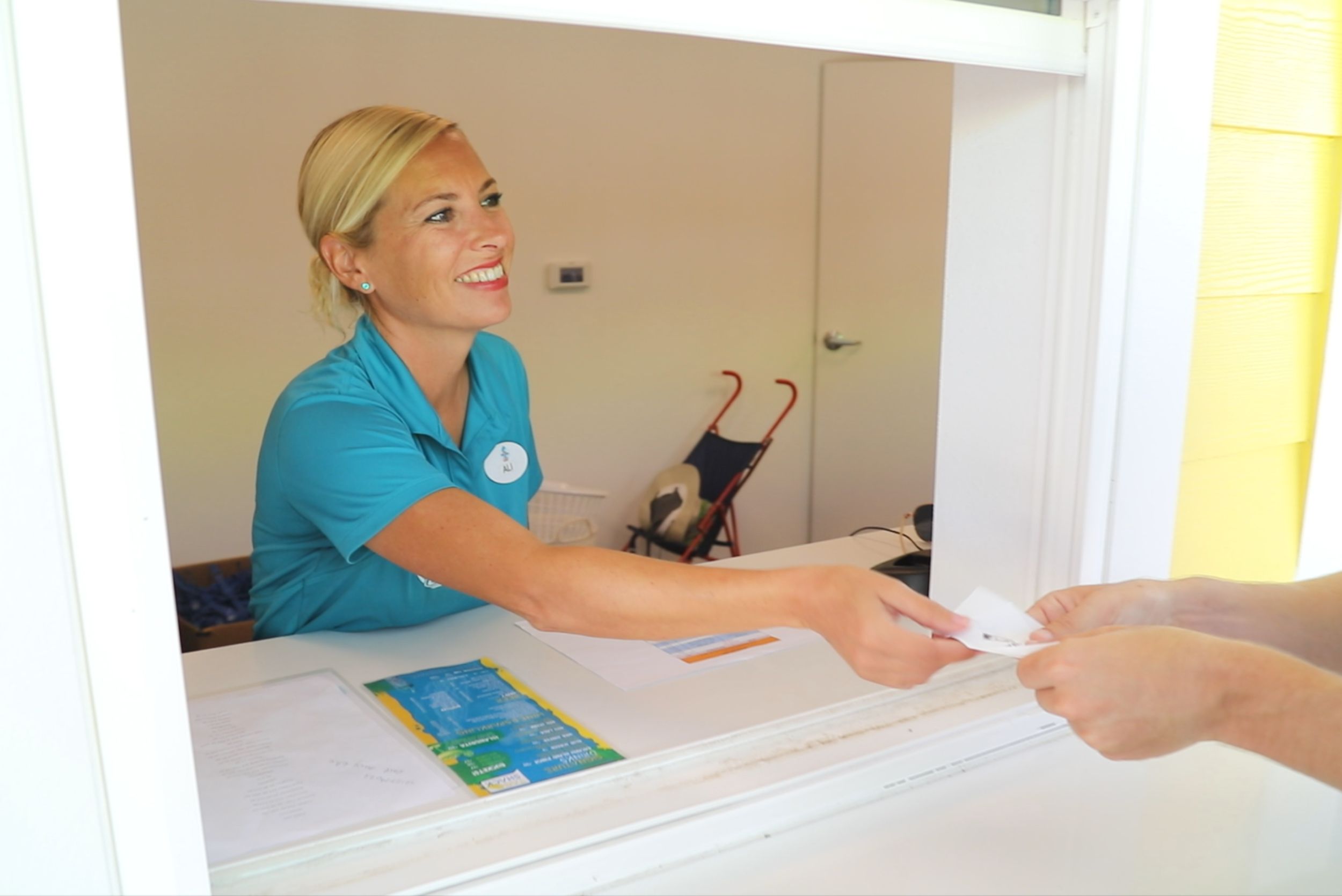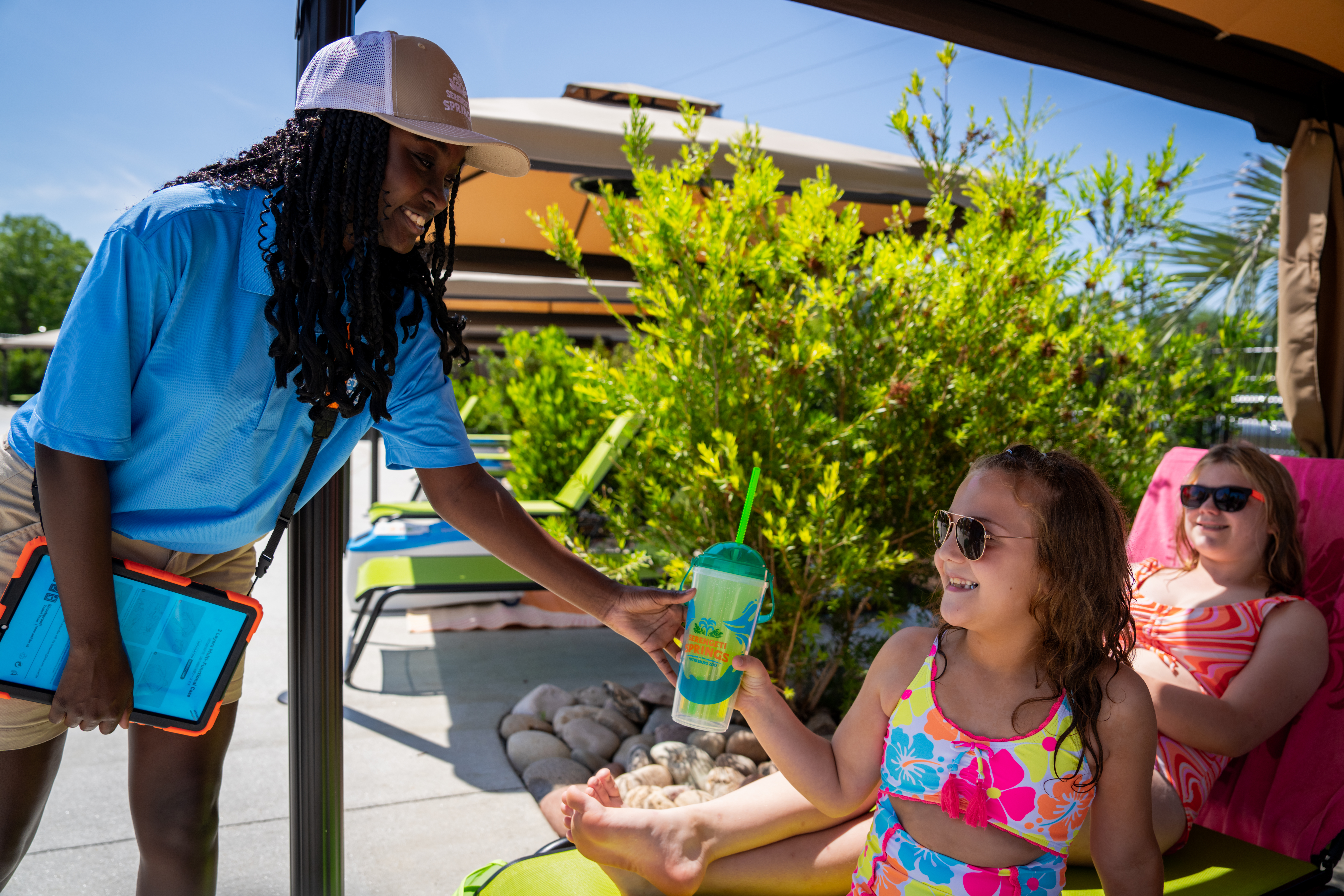When I gathered the Vantage team for our latest briefing, I laid out a scenario that I had seen far too many times. A family finally reaches the front of the line after an excited wait, only for their child to be turned away because they don’t meet the height requirement. The child is disappointed, the parents are frustrated, and the ride operator is left awkwardly enforcing the rules. The moment, which should be full of excitement, turns into stress and disappointment.
I reminded the team that this isn’t just about one family. Studies show that slow-moving lines are one of the top complaints in amusement venues. And when rules are inconsistently applied, guest satisfaction drops significantly. Public height and weight checks also add another layer of discomfort—especially for teenagers.
Proof in the Stats: Why This Issue Can’t Be Ignored
Research involving over 11,500 students found that only 30% experienced privacy during such measurements, with 61.3% of overweight female students reporting significant discomfort. This underscores the importance of implementing discreet and automated verification systems that enhance guest comfort. (Source: Academia)
It was clear that this problem wasn’t just an inconvenience—it was a real barrier to a great guest experience.

Identifying the Operational Challenges
As we broke down the issue, it became clear that the traditional approach to guest verification wasn’t just inconvenient—it was holding waterparks back. We identified four major pain points:
1. Human Error
Even the most experienced staff can make mistakes, leading to inconsistencies. A child might be cleared at one checkpoint but denied at another, causing frustration and complaints.
2. Inefficiency
Manual checks slow down operations, especially during peak hours. Long lines mean more guest impatience and fewer rides per visit.
3. Guest Discomfort
No one wants to be publicly weighed or measured, especially teenagers and adults. These moments can be embarrassing and impact the overall experience.
4. Safety & Compliance Risks
Inconsistent enforcement can lead to safety concerns and liability issues. One overlooked mistake could result in an accident or a legal dispute.
The Solution: Automated Verification
After discussing these challenges, our team at Vantage designed a solution: SmartCheck, an automated guest verification system that eliminates manual errors, speeds up operations, and enhances guest comfort. Here’s how it works:
- Automated & Accurate – Digital height and weight verification removes human error, ensuring every guest meets safety criteria.
- Faster Operations – No more long lines due to manual measurements. Guests move seamlessly, spending more time enjoying attractions.
- Guest Privacy & Comfort – No one has to step onto a scale or stand against a measuring post in public view. The process is discreet and stress-free.
- Seamless Staff Support – Ride operators receive real-time verification on their tablets, allowing them to focus on guest engagement instead of manual safety checks.
- Safety & Compliance – Consistent enforcement of safety rules helps prevent accidents and legal issues.
- Fully Integrated – When synced with water park management software, SmartCheck enhances the entire guest journey, from wristband-based ride access to personalized experience recommendations.

Transforming the Waterpark Experience
At Vantage, we believe guest experience counts—and that means removing friction wherever possible. Every moment of inconvenience, whether it’s a slow-moving line, a miscommunication, or an awkward safety check, affects a guest’s perception of the park.
With SmartCheck and our broader suite of technology solutions, operators can eliminate inefficiencies, improve safety, and create a seamless, stress-free experience. The question isn’t whether waterparks need an automated verification system—it’s why they don’t already have one.
This is just the beginning of the conversation. Over the next few posts, we’ll be diving deeper into the data, success stories, and operational insights that prove why automation isn’t just the future—it’s the now. Stay tuned.




